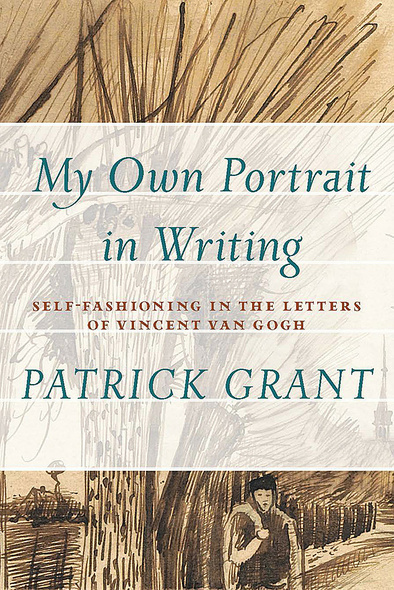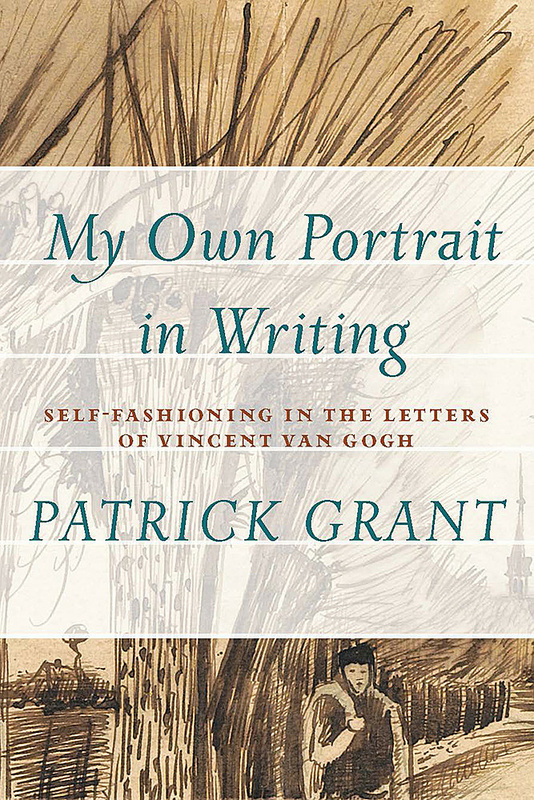
“My Own Portrait in Writing”
Self-Fashioning in the Letters of Vincent van Gogh
Art historians, biographers, and other researchers have long drawnon Van Gogh’s voluminous correspondence—more than eighthundred letters—for insights into both his personal struggles andhis art. But the letters, while often admired for their literaryquality, have rarely been approached as literature. In this volume,Patrick Grant sets out to explore the question, “By what criteriado we judge Van Gogh's letters to be, specifically,literary?” Drawing, especially, on Mikhail Bakhtin’sconceptualization of self-awareness as an ongoing dialogue between“self” and “other,” Grant examines the ways inwhich Van Gogh’s letters raise, from within themselves, questionsand issues to which they also respond. Their literary quality, heargues, derives in part from this “double-voiceddiscourse”—from the power of the letters to thematize,through their own internal dialogues, the very structure ofself-fashioning itself. Far from merely reproducing the narrative ofthe artist’s personal progress, “the letters enable readersto recognize how necessary yet open-ended, constrained yet liberating,confined yet unpredictable, are the means by which people seek to shapea place for themselves in the world.”
This volume builds on Grant’s earlier analysis of VanGogh’s correspondence, The Letters of Vincent van Gogh: ACritical Study (AU Press, 2014), a study in which he approachedthe letters from a literary critical standpoint, delving into keypatterns of metaphors and concepts. In the present volume, he providesinstead a literary theoretical analysis of the letters, one that drawsthem more fully into the domain of modern literary studies. In his deftand keenly perceptive reading, Grant deconstructs the binaries thatsurface in both Van Gogh’s writing and painting, discusses thenarrative dimensions of the letter-sketches and the recurring themes offantasy, belief, and self-surrender, and draws attention to VanGogh’s own understanding of the permeable boundary between wordsand visual art. Viewing the letters as an integrated body of discourse,“My Own Portrait in Writing” offers atheoretically informed interpretation of Van Gogh’s literaryachievement that is, quite literally, without precedent.This is an exciting and inspiring book: it is both intellectually
ambitious and humanly challenging. Ideally, in my view, it could
stimulate an effort to work towards a revised and reinvigorated
curriculum with Van Gogh's letters being read alongside some of the
writers the great artist most admired.
I’d also like to see if I can’t make my own portrait in
writing. First I start by saying that to my mind the same person
supplies material for very diverse portraits.
List of Illustrations
Preface
Introduction: The Dialogical Structure of Self-Fashioning
1 The Painterly Writer
2 Binaries, Contradictions, and “Arguments on BothSides”
3 Reading Van Gogh’s Letter-Sketches
4 Imagination and the Limits of Self-Fashioning
Conclusion: Envoi
Notes; Index





